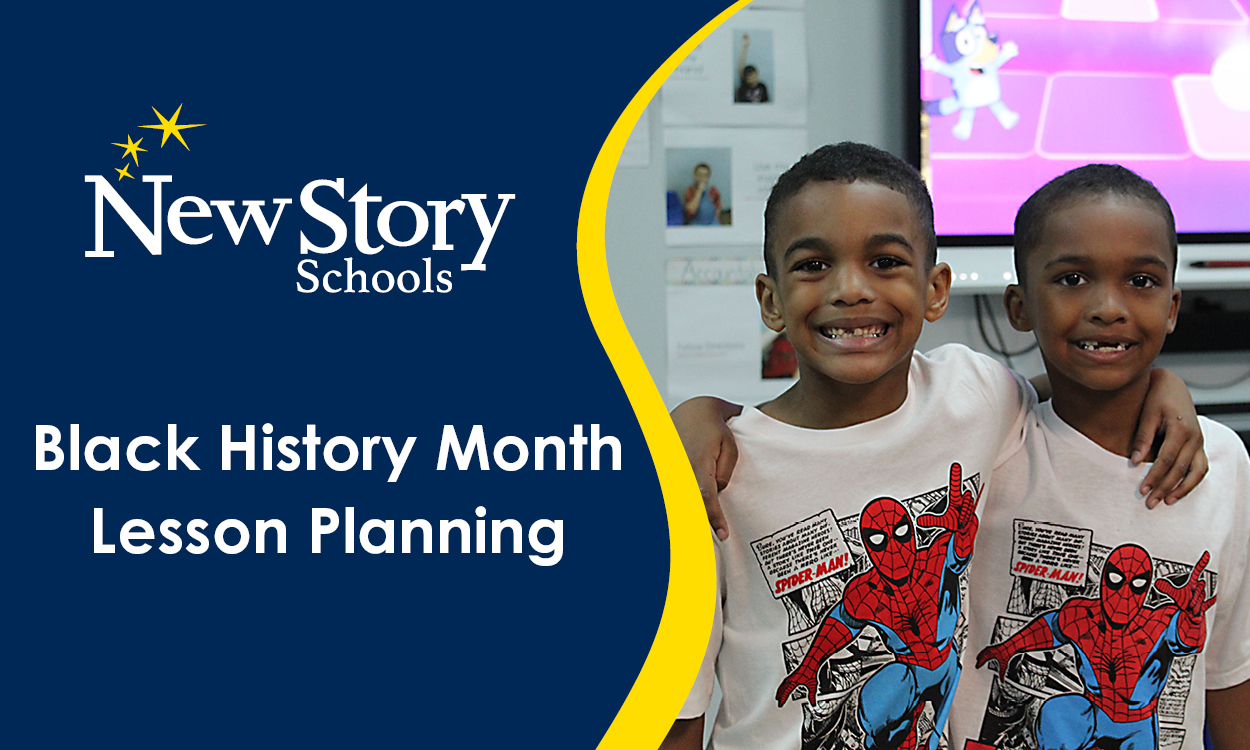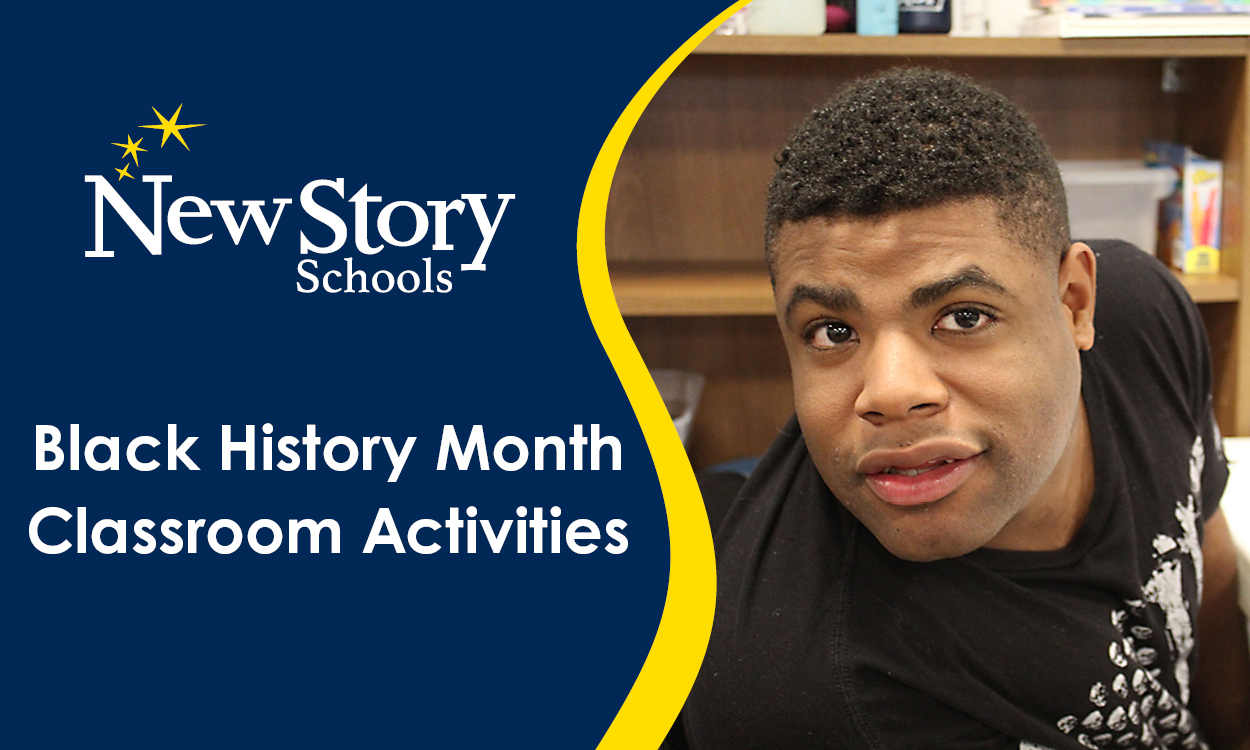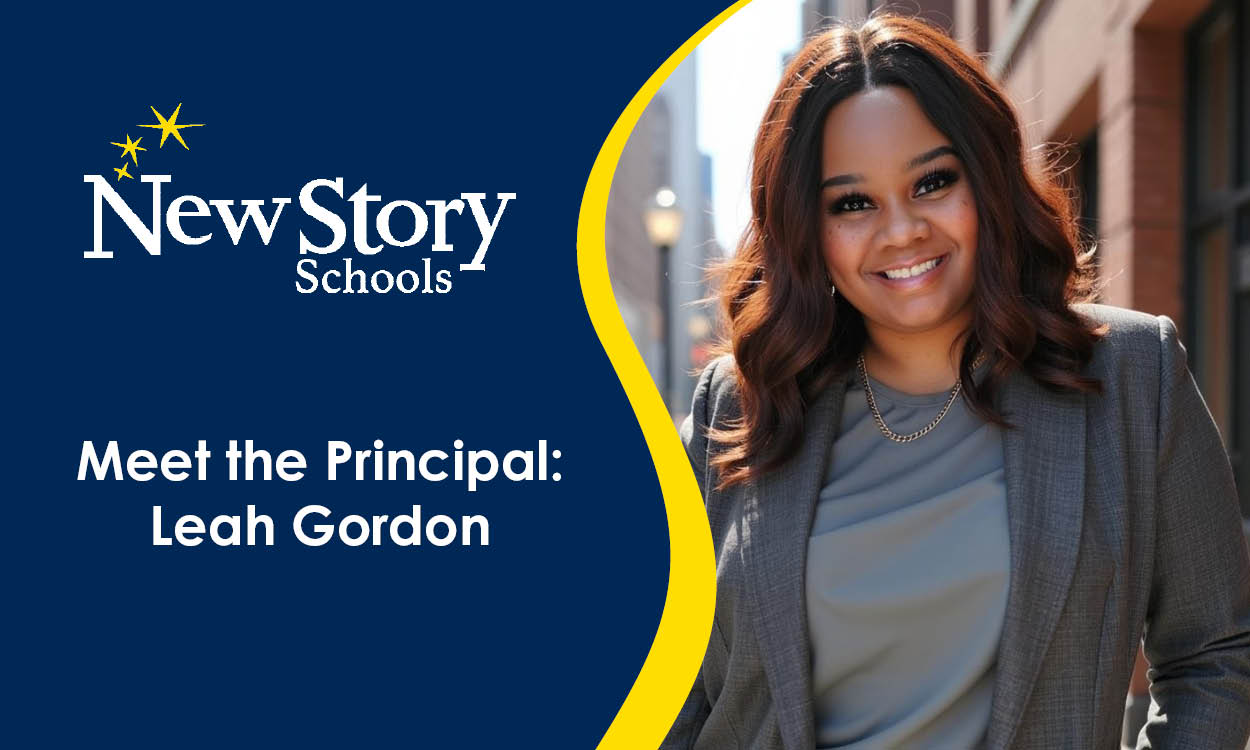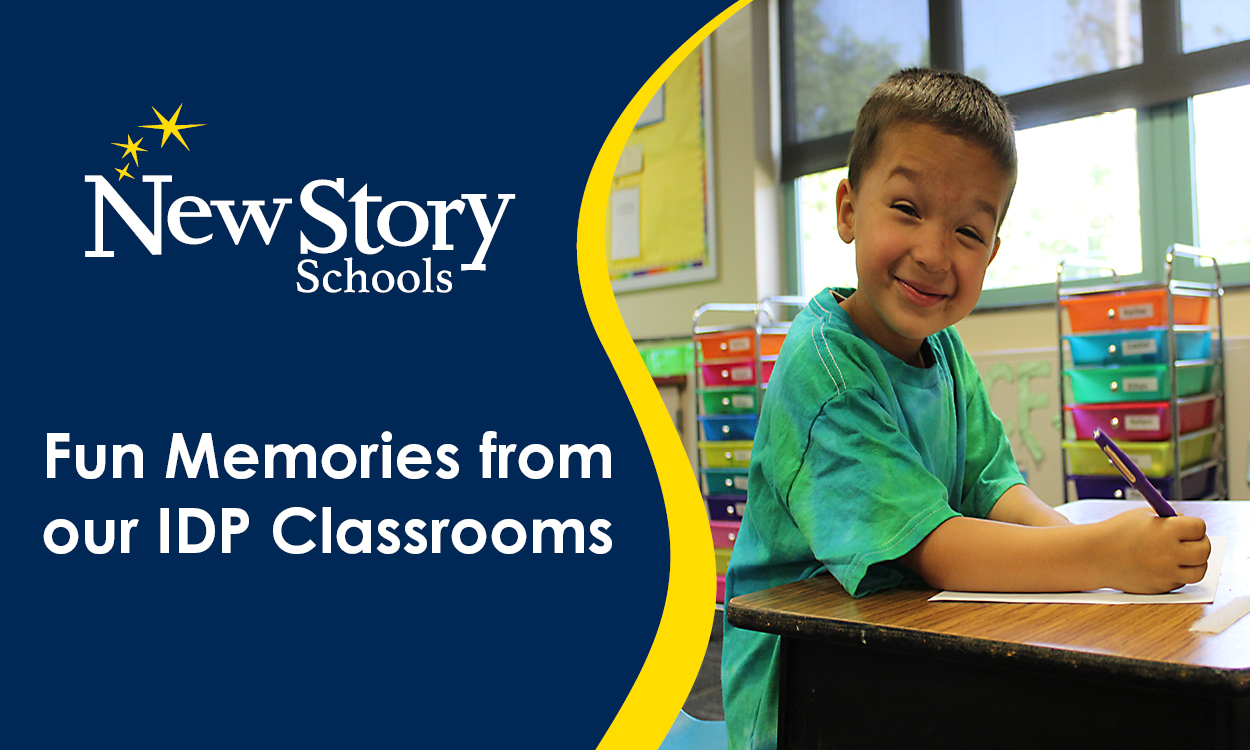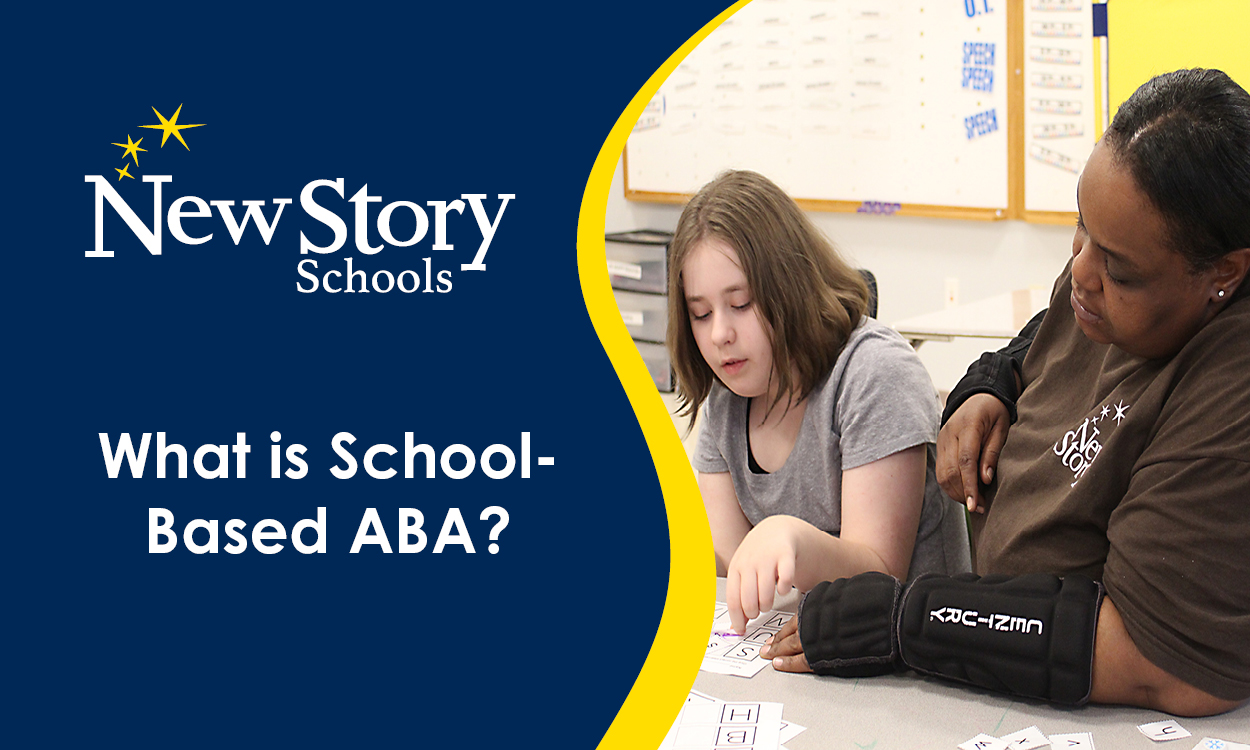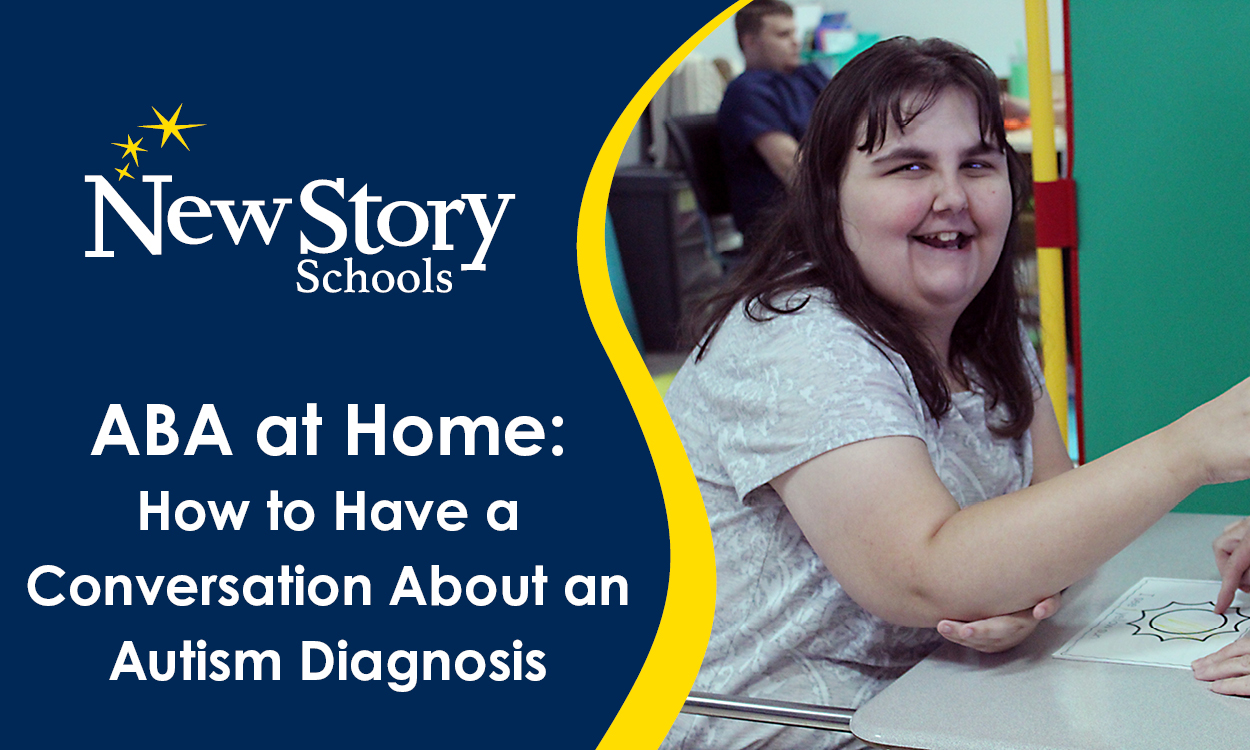Communication is All About Perspective
Posted: February 06, 2025 | Written By: Drew Delligatti | Category:
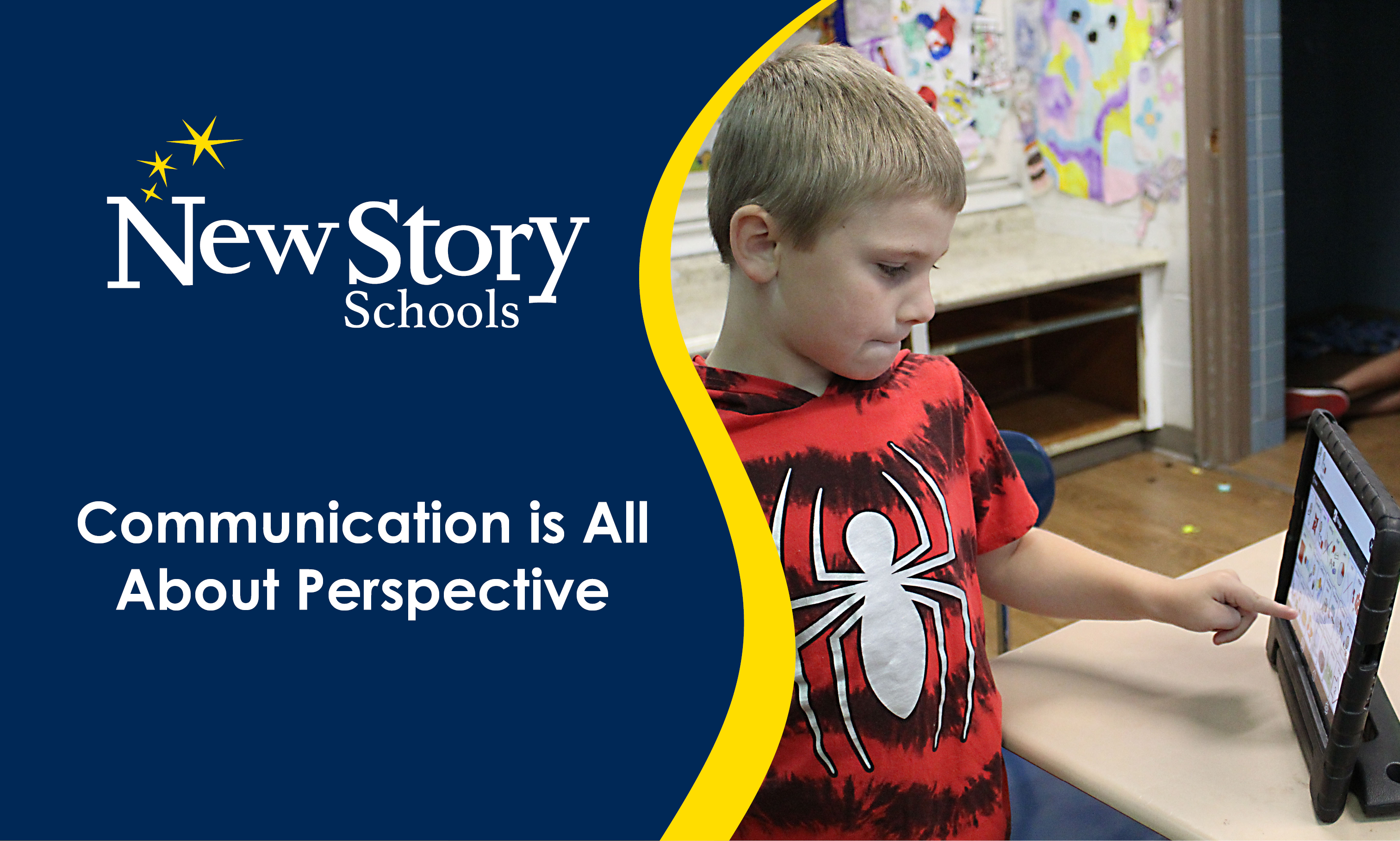
This blog was written by Blake Neal, Mental Health Associate, Rivermont Schools Lynchburg South, part of the New Story network of schools and services.
As a Clinical Mental Health Counselor candidate, I have worked with many different populations of youth, including those who struggle with verbal communication. Working with students who are non-verbal can sometimes make one feel helpless or even inadequate as an educator or helper. However, it does not have to be that way. There are specific skills that one can use while teaching and working with non-verbal students, just as there are specific skills we use when working with students who are verbal. Below are some tips I use when working with students with different speaking abilities.
First, it’s important to change one’s own mindset about communication. This means to look at verbal and non-verbal communication simply as different options of communication, rather than one being the norm, while the other is lesser.
Another way to observe these types of situations is to flip the perspective from what the child can do, to what is being asked of the teacher. This helps us to recognize that there are specific skills for each type of communication, and that there are ways the teacher can be flexible to accommodate those skillsets.
For instance, just as working with students who communicate verbally, there are norms such as: asking questions and waiting for a verbal response, having a verbal discussion when there is conflict or misunderstandings, or responding to other disagreements in the school day between students themselves. These situations ask the teacher to be an active listener, while waiting for verbal responses and communication from students.
The difference with nonverbal communication is that the student is asking the teacher to be an active observer. The responses can be visual with a simple thumbs up or down, asking the child to communicate through drawing or other forms of creation, or even allowing the students to point to some response options that are readily available. This does not have to feel like a daunting or stressful venture, but rather just a way to exercise some already existing skills from your teacher toolbox.
Recognizing non-verbal communication as a valid and meaningful way to connect empowers educators to meet students where they are. By shifting perspectives and leveraging adaptable strategies, teachers can foster an inclusive learning environment that celebrates the diverse ways students communicate and thrive.
Looking for more strategies to enhance your communication skills? Check out our blog on Educator Tips for Effective Communication with Families for practical insights and tools to strengthen connections and foster collaboration!
Want to be notified of new articles and resources from New Story Schools? Submit your email and opt into our newsletter!


